Discover the top seasonings starting with S, including saffron, sumac, smoked paprika, and more. This guide provides clear, actionable information on their uses, storage, and purchasing tips to enhance your cooking.
Table of Contents
Top Seasonings Starting with S
| Seasoning | Flavor Profile | Ideal For | Recommended Pairings |
|---|---|---|---|
| Saffron | Elegant, floral, slightly sweet | Paella, risotto, desserts | Rice dishes, seafood, dairy |
| Smoked Paprika | Earthy, sweet, smoky | Grilled meats, stews, soups | Tomatoes, potatoes, chorizo |
| Sumac | Tangy, citrusy, bright | Middle Eastern salads, kebabs | Lemon, olive oil, lamb |
| Sage | Woody, earthy, savory | Stuffing, roasted vegetables, butter sauces | Pork, squash, pumpkin |
| Star Anise | Strong licorice-like, warm | Braising liquids, broths, desserts | Beef, orange, vanilla |
| Szechuan Pepper | Numbing, citrusy, spicy | Asian stir-fries, hot pots, dry rubs | Chili oil, garlic, ginger |
| Sel Gris (Gray Sea Salt) | Mineral-rich, briny, coarse texture | Baking, finishing dishes, bread | All types of cuisine |
| Savory (Summer/Fall) | Peppery, minty, herbal | Dry rubs, bean dishes, stuffing | Beans, meat, eggs |
| Sea Salt Flakes | Crisp, clean, salty | Finishing touches on sweets/savories | Caramel, chocolate, grilled veggies |
| Szechuan Chili Flakes | Fiery, numbing, crunchy texture | Hot oils, marinades, dressings | Noodles, dumplings, sesame oil |
How to Use S-Seasonings Like a Chef
Saffron – The Golden Touch
- Soak saffron threads in warm liquid before using to release color and flavor.
- Add early in long-cook dishes like paella or risotto for optimal infusion.
- A little goes a long way — a pinch can flavor an entire pot.
Smoked Paprika – Sweet Smokiness
- Use in spice rubs for meats or fish.
- Stir into tomato-based sauces for extra depth.
- Perfect for seasoning deviled eggs or potato salad.
Sumac – Brighten It Up
- Sprinkle over hummus, fattoush salad, or falafel.
- Great alternative to lemon zest in dry applications.
- Enhances grilled meats and vegetables with a tangy finish.
Star Anise – Aromatherapy in Spice Form
- Used whole in braises and slow-cooked dishes.
- Infuse simple syrups for cocktails or desserts.
- Pair with cinnamon and clove for holiday magic.
Szechuan Pepper – Numb the Pain, Taste the Flavor
- Toast and grind for homemade chili salt or sichuan salt.
- Add to dry rubs for meats or sprinkle over noodles after cooking.
- Balance heat with peanut butter or sesame oil for richness.
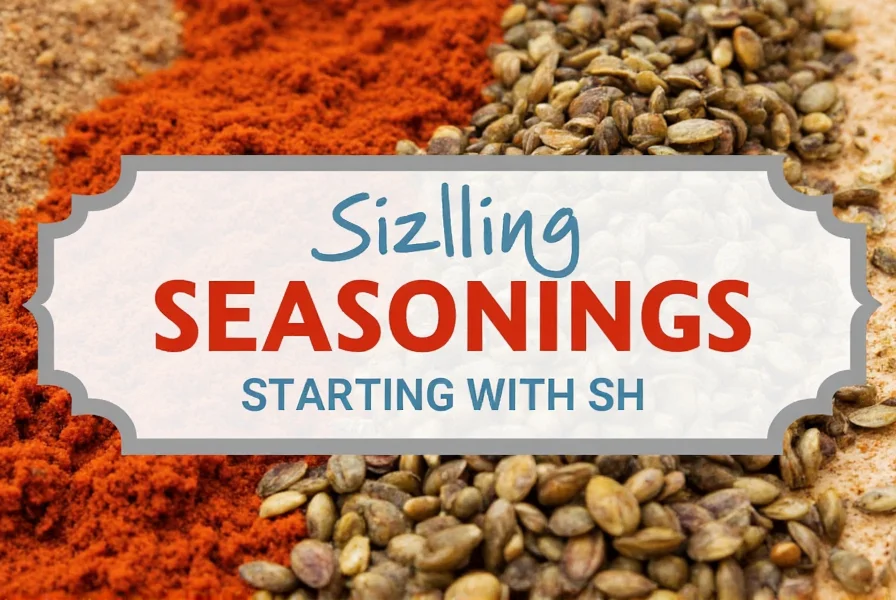
Buying Guide: Choosing the Best S-Seasonings
What to Look For When Buying S-Seasonings
- Freshness: Check packaging dates and avoid products without expiration info.
- Origin: Many spices are region-specific (e.g., Hungarian paprika, Iranian saffron).
- Form: Whole vs. ground affects potency and shelf life. Buy whole where possible and grind yourself.
- Brand Reputation: Choose trusted brands or local artisans known for quality.
Top Picks: Recommended Brands for Each S-Seasoning
| Seasoning | Recommended Brand | Key Features | Best For |
|---|---|---|---|
| Saffron | Kashmiri Gold Premium Saffron | Hand-harvested, deep red threads, strong aroma | Paella, desserts, tea infusions |
| Smoked Paprika | La Dalia Spanish Smoked Paprika | Mild smokiness, vibrant color, no artificial additives | Grilled meats, stews, tapas |
| Sumac | Zaytoun Organic Sumac | Wild-picked, tart, high in antioxidants | Middle Eastern dishes, garnish |
| Sage | Frontier Co-op Organic Sage Leaves | Whole leaves, organic certified, mild flavor | Roasted turkey, stuffings, pasta |
| Szechuan Pepper | Spice Islands Pink Szechuan Peppercorns | Bright pink, intense numbing sensation | Chinese stir-fries, dry rubs, pickles |
Storage & Shelf Life Tips
To keep your S-seasonings fresh and flavorful, proper storage is crucial. Here are some expert tips:
- Airtight containers: Keep spices away from moisture and air to preserve potency.
- Dark, cool spaces: Store in cabinets or drawers, away from heat sources like ovens or stovetops.
- Avoid sunlight: UV light degrades flavor compounds, so opaque containers are better.
- Label everything: Mark purchase dates to track freshness.
Estimated Shelf Life of S-Seasonings
| Seasoning | Whole Form | Ground Form |
|---|---|---|
| Saffron | 3–5 years | 2–3 years |
| Smoked Paprika | 2–3 years | 1–2 years |
| Sumac | 2 years | 1 year |
| Star Anise | 3 years | 1–2 years |
| Szechuan Pepper | 2–3 years | 1 year |
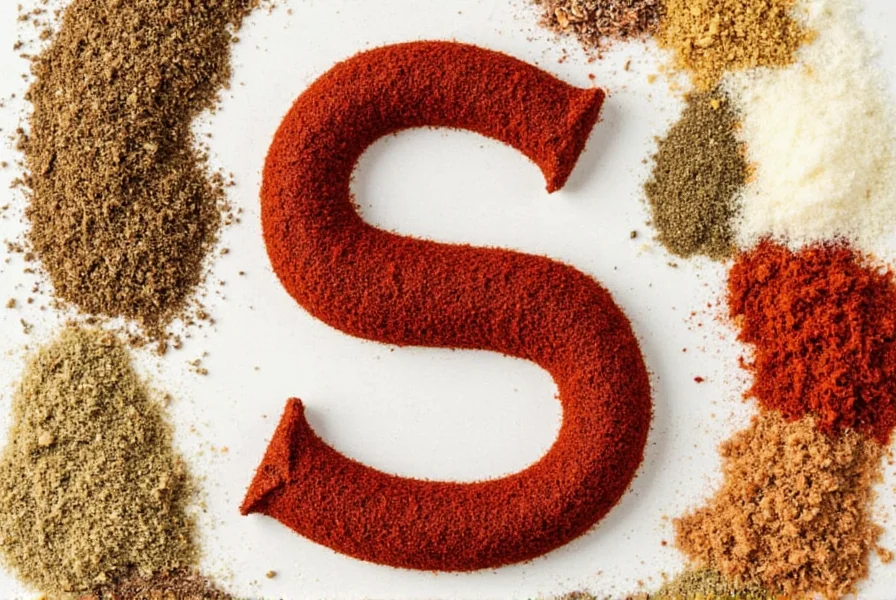
Frequently Asked Questions About S-Seasonings
What are the most common seasonings that start with S?
Some of the most common and versatile seasonings starting with S include Saffron, Smoked Paprika, Sumac, Sage, Star Anise, Szechuan Pepper, Sel Gris (Gray Sea Salt), and Sea Salt Flakes. These spices span multiple flavor profiles from floral and sweet to smoky and numbing, making them essential for diverse culinary applications.
Which S-seasoning is the most expensive?
Saffron is by far the most expensive seasoning starting with S, often called "red gold" due to its high price. This is because it requires hand-harvesting the delicate stigmas from crocus flowers, with approximately 75,000 flowers needed to produce just one pound of saffron. A little goes a long way though — a pinch can flavor an entire dish.
How can I tell if my S-seasonings are still fresh?
Fresh S-seasonings should have vibrant color and strong aroma. To test freshness, rub a small amount between your fingers and smell it — if the scent is weak or musty, it's likely past its prime. Most ground S-seasonings last 1-2 years while whole forms can last 2-3 years when properly stored in airtight containers away from light and heat.
Can I substitute one S-seasoning for another?
Some substitutions work better than others. Sumac can substitute for lemon zest in dry applications, smoked paprika can replace regular paprika for added depth, and savory herb can stand in for thyme in some recipes. However, unique spices like saffron and Szechuan pepper have distinctive flavors that are difficult to replicate exactly with other seasonings.
Are there any health benefits to S-seasonings?
Many S-seasonings offer health benefits. Sumac is high in antioxidants, sage has anti-inflammatory properties, and smoked paprika contains capsaicin which may boost metabolism. Sea salts like Sel Gris provide trace minerals, though they should be consumed in moderation as with all salts.
What's the difference between Szechuan pepper and regular black pepper?
Szechuan pepper (actually a berry, not a true pepper) creates a unique tingling, numbing sensation rather than just heat. It has citrusy notes and works differently on the palate than black pepper, which provides straightforward pungency. They can be used together for complex flavor profiles in Asian cuisine.
How do I use saffron properly since it's so expensive?
To maximize saffron's value, soak the threads in warm liquid (water, broth, or milk) for 15-20 minutes before adding to your dish. This releases the color and flavor compounds effectively. Add it early in long-cooking dishes like risotto or paella. Remember that a little goes a long way — typically just a pinch (about 20 threads) is sufficient for 4 servings.
Final Thoughts
From saffron's golden glow to the zesty zing of sumac and the numbing thrill of Szechuan pepper, seasonings with S offer a wide spectrum of flavors and textures. Whether you're experimenting with new recipes or looking to deepen your pantry staples, don't overlook the power of the letter S.
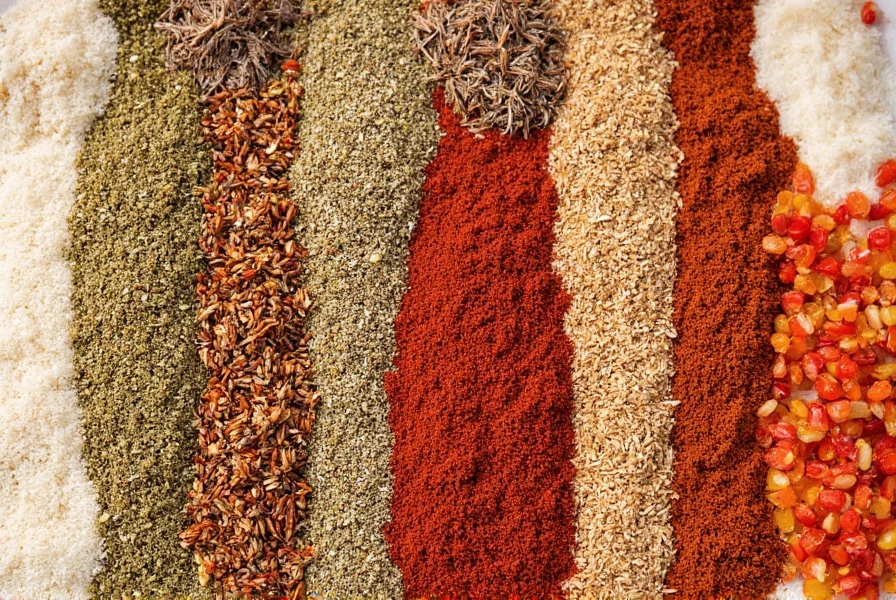
Remember, the right balance of these seasonings can elevate a good meal into a memorable one. So go ahead, get saucy, get smoky, get adventurous — and let the S-seasonings shine!
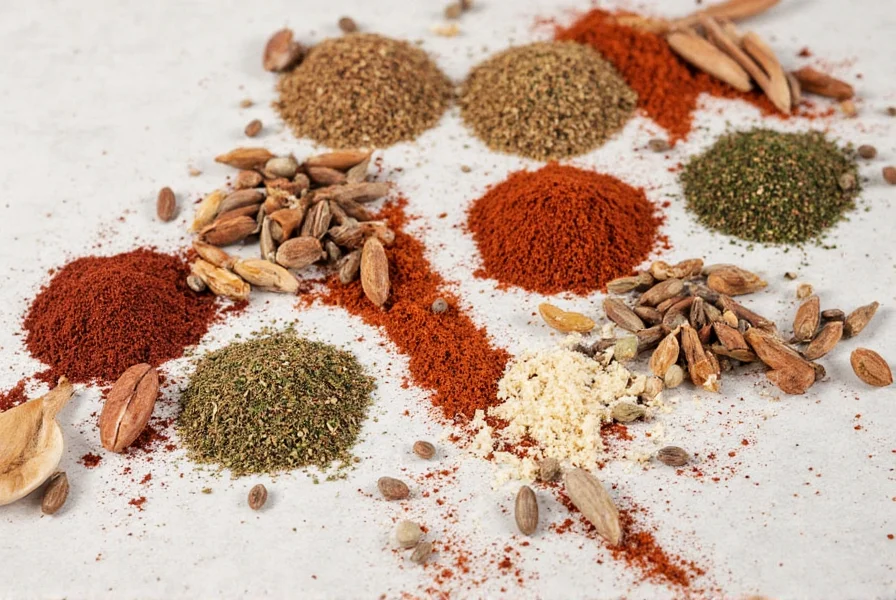
Stay tuned for more spice-filled adventures — and happy seasoning!

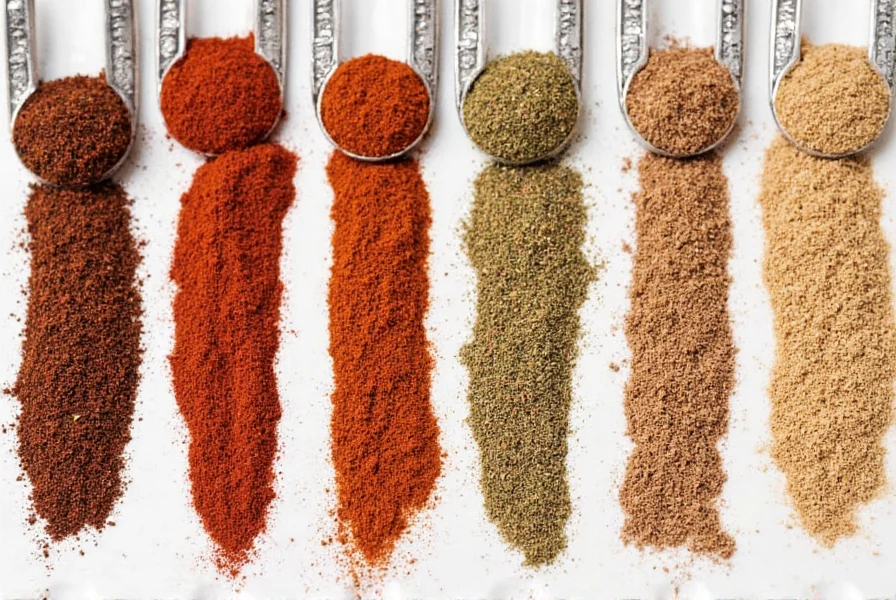









 浙公网安备
33010002000092号
浙公网安备
33010002000092号 浙B2-20120091-4
浙B2-20120091-4